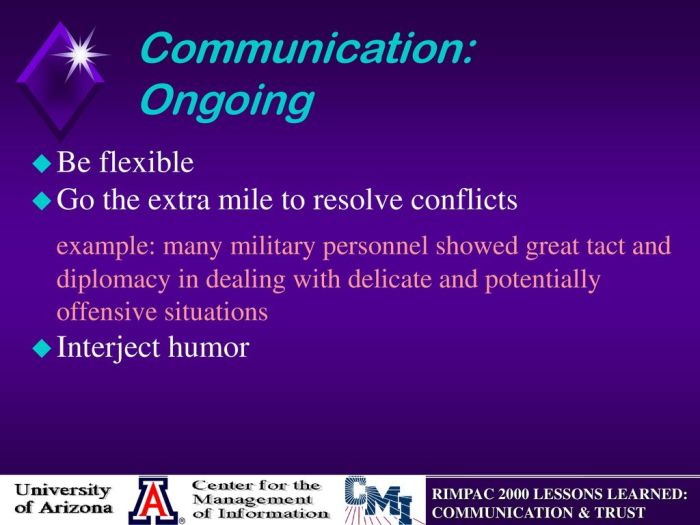Tact is a common response in potentially embarrassing situations because it allows individuals to navigate social interactions with grace and maintain relationships. This strategic communication style involves the ability to address delicate or uncomfortable situations with sensitivity and diplomacy.
Tactful responses can help individuals avoid causing offense, preserve self-esteem, and maintain a positive social atmosphere. In this exploration, we delve into the concept of tact, its advantages and drawbacks, and alternative responses to embarrassment, while providing practical tips for developing tactful communication skills.
Tact as a Default Response in Embarrassing Situations

Tact, the ability to communicate sensitively and avoid causing offense, is a common response in potentially embarrassing situations because it allows individuals to navigate social interactions gracefully and maintain positive relationships. When faced with an embarrassing situation, tactful responses can help mitigate discomfort and prevent further embarrassment.
Reasons for Using Tact in Embarrassing Situations, Tact is a common response in potentially embarrassing situations because
- To preserve self-esteem and avoid feeling ashamed.
- To maintain relationships by avoiding conflict and preserving harmony.
- To avoid escalating the situation and making it worse.
Examples of Tactful Responses
- “I appreciate your feedback, and I’ll take it into consideration.”
- “I apologize if my words caused any offense. I didn’t mean to come across that way.”
- “I’m a bit flustered right now, but I’ll try my best to answer your question.”
Advantages of Using Tact

Using tact in embarrassing situations offers several advantages:
Benefits of Tact
- Preserves relationships:Tactful responses can help maintain positive relationships by avoiding conflict and preserving harmony.
- Reduces embarrassment:By responding tactfully, individuals can mitigate the embarrassment experienced by themselves and others.
- Facilitates constructive communication:Tactful responses create a more positive and open environment for communication, allowing for constructive discussions and resolution.
Balancing Tact with Honesty
While tact is important, it should not be used to deceive or avoid addressing important issues. It is essential to strike a balance between tact and honesty to maintain credibility and preserve relationships.
Potential Drawbacks of Tact
While tact is generally beneficial, it can have potential drawbacks in certain situations:
Limitations of Tact
- May be perceived as insincere or evasive:Excessive tact can sometimes be seen as a way of avoiding responsibility or addressing problems directly.
- Cultural differences:The use of tact can vary across cultures, and what is considered tactful in one culture may be perceived as evasive or rude in another.
li> May hinder accountability:Overuse of tact can make it difficult to hold individuals accountable for their actions or mistakes.
Alternative Responses to Embarrassment

In addition to tact, there are alternative responses to potentially embarrassing situations:
Other Responses
- Assertiveness:Expressing one’s thoughts and feelings directly, while respecting the feelings of others.
- Humor:Using humor to lighten the situation and diffuse tension.
- Ignoring the situation:Choosing to ignore the embarrassing moment and move on, if possible.
Choosing the Appropriate Response
The choice of response depends on the specific situation, the relationship with the other person, and the individual’s comfort level.
Developing Tactful Communication Skills: Tact Is A Common Response In Potentially Embarrassing Situations Because

Developing tactful communication skills requires practice and self-awareness:
Tips for Developing Tact
- Empathy:Understanding and considering the feelings and perspectives of others.
- Active listening:Paying attention to what others are saying, both verbally and nonverbally.
- Self-awareness:Recognizing one’s own biases and emotional triggers.
- Practice:Engaging in role-playing or simulations to practice tactful responses.
- Feedback:Seeking feedback from trusted sources to improve communication skills.
Q&A
What are the key elements of tactful communication?
Empathy, active listening, and self-awareness are crucial elements of tactful communication.
How can tact help maintain relationships?
Tactful responses can help preserve self-esteem, avoid causing offense, and maintain a positive social atmosphere, which are essential for healthy relationships.
What are some potential drawbacks of using tact?
Tact may be perceived as insincere or evasive in certain situations, and it can be challenging to use tact effectively in different cultural contexts.